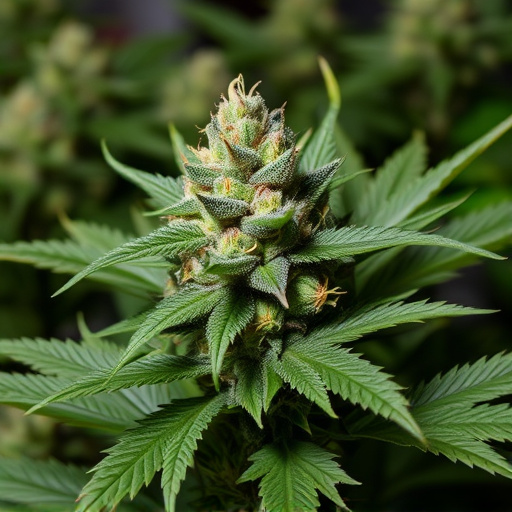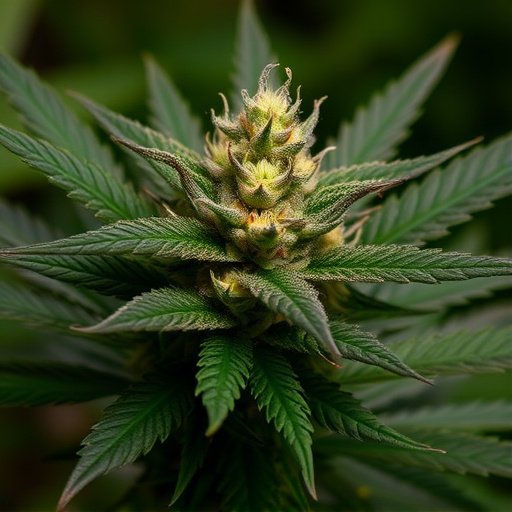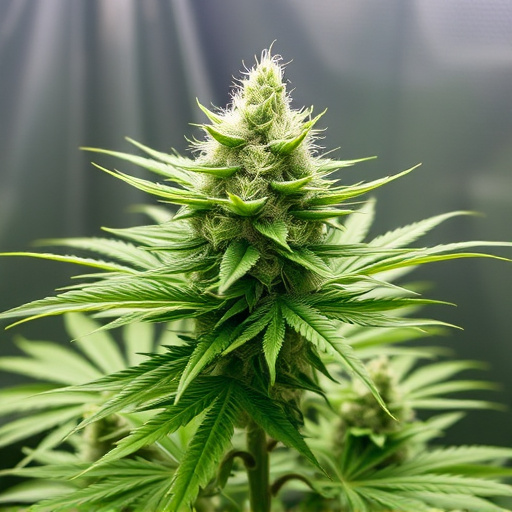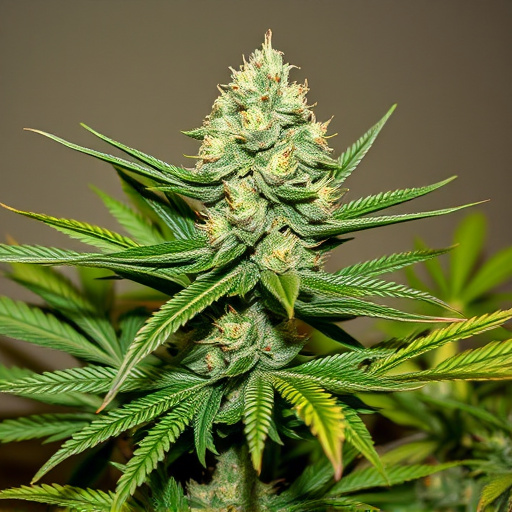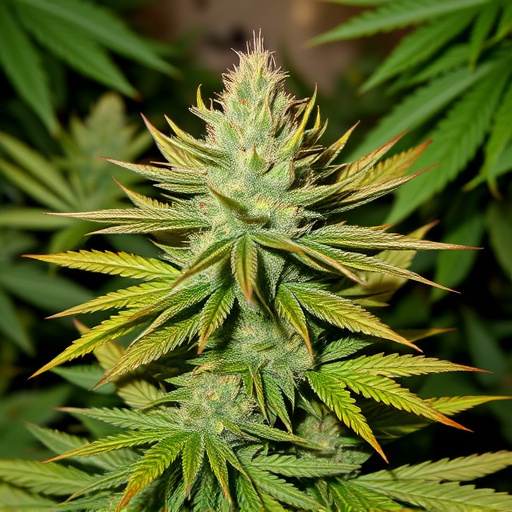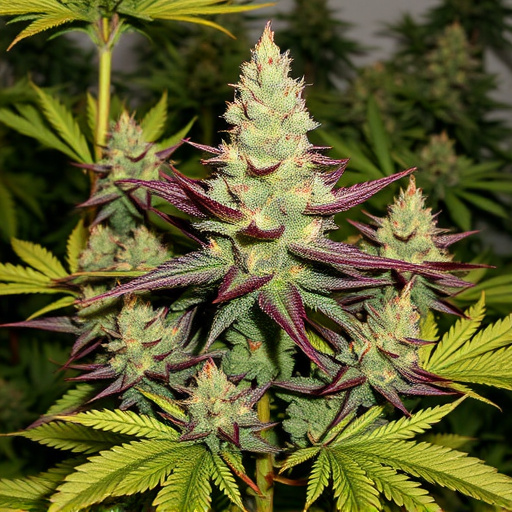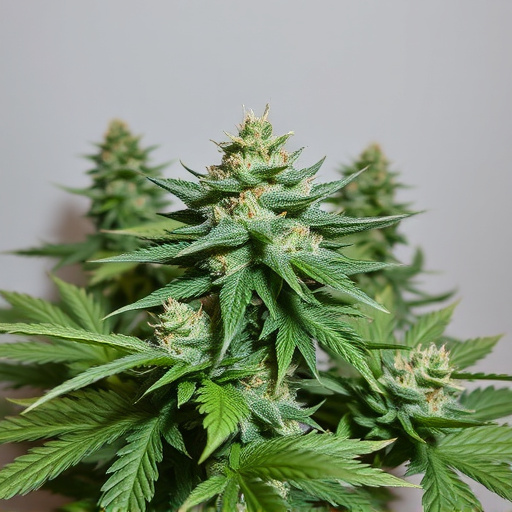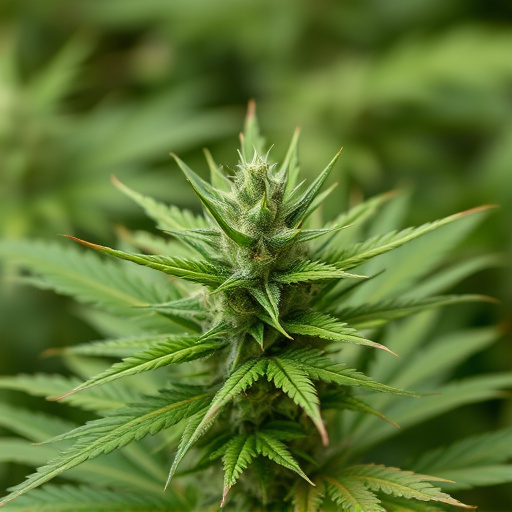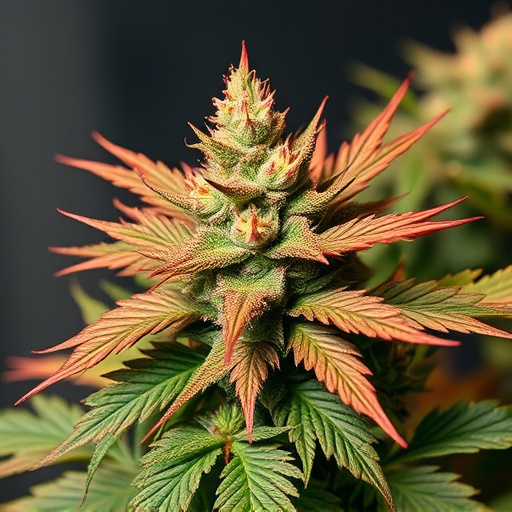Old school cannabis strains, characterized by lower THC levels and complex terpene profiles, offer balanced effects and unique flavor experiences. These traditional varieties, like Mexican Sativa and Thai Land Racing, remain popular for their pure and unaltered highs. Dietary choices significantly influence the potency and effect of old school strains, as cannabinoids are absorbed and metabolized differently based on nutrition. Understanding this diet-cannabis interplay allows users to optimize their experiences, either enhancing or moderating effects according to personal preferences.
Curious about whether your diet can impact the potency of weed? This article explores the fascinating connection between nutrition and cannabis effects. We’ll dive into the world of cannabis strain potency, specifically examining old school cannabis strains and their distinctive characteristics. Understanding terpenes, the flavor compounds in cannabis, is key to unlocking how dietary choices may enhance or alter its effects. Get ready to uncover insights that could revolutionize your cannabis experience.
- Understanding Cannabis Strain Potency and Terpenes
- Old School Cannabis Strains: Their Unique Characteristics
- The Role of Diet in Enhancing or Dampening Cannabis Effects
Understanding Cannabis Strain Potency and Terpenes
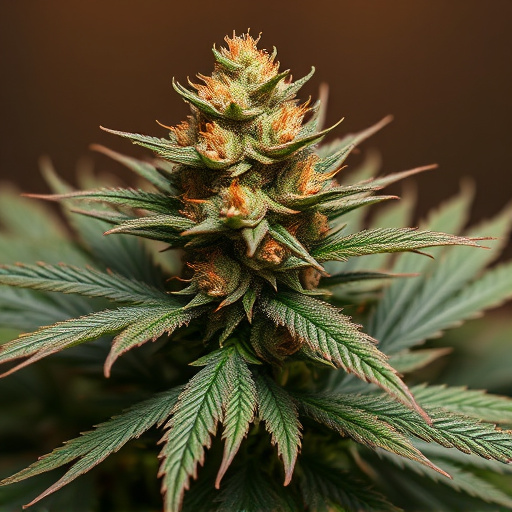
Cannabis strain potency is a measure of how strong or weak a particular strain is, typically referring to its THC (tetrahydrocannabinol) content. Old school cannabis strains, which have been around for decades, often have lower THC levels compared to modern hybrid varieties. While THC is the primary compound responsible for the psychoactive effects, other compounds in cannabis play a significant role as well.
Terpenes, aromatic compounds that give cannabis its distinctive flavors and smells, also influence strain potency and effects. Different terpenes can enhance or mitigate THC’s impact on the body and mind. Old school strains tend to have more balanced terpene profiles, offering a variety of sensations without overwhelming the user. Understanding these complexities is key to navigating the world of cannabis and determining how dietary choices might impact its strength and effect.
Old School Cannabis Strains: Their Unique Characteristics
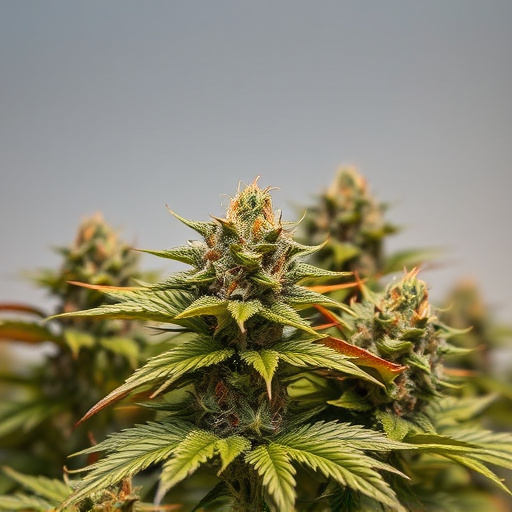
Old school cannabis strains, with their rich history and distinct flavors, have long been celebrated among enthusiasts for their unique characteristics. These classic varieties, often overlooked in favor of modern hybrids, offer a realm of terpene profiles and potent cannabinoids that can enhance the overall experience. Strains like Mexican Sativa, known for its uplifting and energetic effects, or Thai Land Racing, renowned for its intense physical buzz, showcase the diverse range of experiences available from these old school options.
Each vintage strain carries its own enigma, with some cultivating robust levels of THC while others focus more on CBD. The tapestry of flavors varies widely, from earthy and herbal notes to fruity and floral hints, ensuring there’s an old school cannabis strain to cater to almost every palate. These traditional varieties remain a game-changer for those seeking a more pure and unaltered high, free from the complexities of modern genetic modifications.
The Role of Diet in Enhancing or Dampening Cannabis Effects
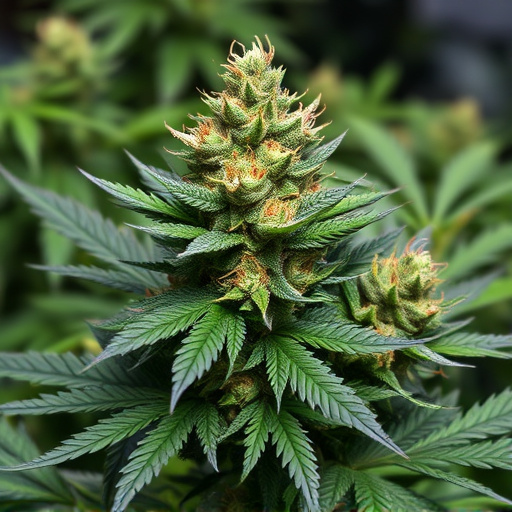
The relationship between diet and cannabis effects is a fascinating aspect often overlooked in discussions about the plant’s potency. It’s not just what you smoke that matters; what you eat can significantly enhance or dampen the experience of old school cannabis strains. Nutritional factors play a crucial role in how your body absorbs and metabolizes cannabinoids, such as THC and CBD.
For instance, consuming foods rich in healthy fats before or during smoking sessions can increase the bioavailability of these compounds, leading to more intense effects. Terpenes, aromatic compounds found in cannabis, also interact with dietary components. Certain terpenes are known to bond with specific nutrients, potentially altering the overall high. Understanding this interplay between diet and cannabis can help users optimize their experiences, ensuring they appreciate the full potential—or adjust if a milder effect is preferred.
In conclusion, while understanding cannabis strain potency and terpenes is key to navigating the effects of different varieties, the role of diet in enhancing or dampening these effects shouldn’t be overlooked. Old school cannabis strains, known for their unique characteristics, offer a wealth of experience for enthusiasts. However, it’s important to remember that dietary choices can potentially amplify the strength and potency of these strains. Thus, incorporating specific foods that boost cannabis effects may enhance your overall experience with old school varieties.

